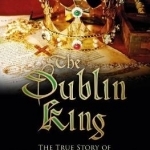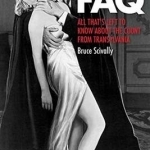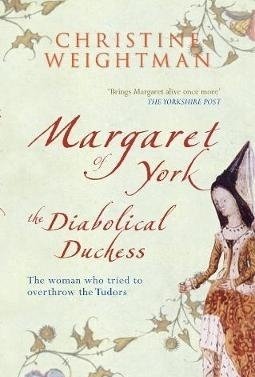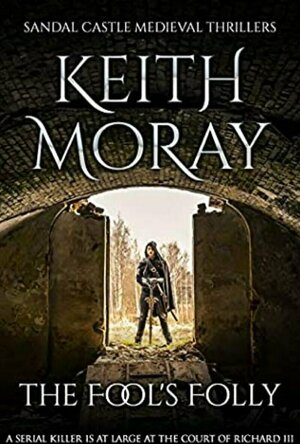
The Dublin King: The True Story of Edward, Earl of Warwick, Lambert Simnel and the 'Princes in the Tower'
Book
A year after Richard III's death, a boy claiming to be a Yorkist prince appeared as if from nowhere,...

The Legend of Tarzan (2016)
Movie Watch
It's been nearly a decade since Tarzan (Alexander Skarsgård), also known as John Clayton III, left...

Civil War: The History of England: Volume III
Book
In Civil War, Peter Ackroyd continues his dazzling account of England's history, beginning with the...
ClareR (5879 KP) rated The Fool’s Folly in Books
Jun 9, 2020
This story is set at Sandal Castle, the seat of John de la Pole, King Richard’s heir (and now it becomes clear why Henry VIII wanted to get rid of the de la Pole family!). De la Pole’s jester is murdered, and the newly appointed judge, Sir Giles Beaton, is asked to get to the bottom of the mystery. What starts out as a seemingly open and shut case, ends up being the start of a killing spree. Giles has to wonder if the deaths are connected, and whether this has something to do with a plot against the King and his heir.
It’s a bit gruesome at points - I liked this, I will admit. Medieval postmortems wouldn’t have been for the more sensitive observer (or reader!), I’m sure. I do have a bit of a thing for historical fiction, and a newly developed respect for crime and mysteries. I appreciate the attention to detail, and the research that must have occurred in writing this book, it feels very authentic.
I haven’t read the first book in this series, but it didn’t affect my reading enjoyment at all. In fact it has made me want to read the first in the series as well!
Many thanks to Sapere Books for sending me a copy of this book to read and review!

Saving the Army: The Life of Sir John Pringle
Book
Sir John Pringle was born in 1707 in the Scottish Borders, where his ancestors had held land since...

The Private Life of Edward IV
Book
From the moment it became public news, the validity of Edward's marriage to Elizabeth Widville, the...
Deborah (162 KP) rated The Third Plantagenet: George, Duke of Clarence, Richard III's Brother in Books
Dec 21, 2018
Much less well known than his more famous brothers, Edward IV and Richard III, nonetheless, Clarence and his life and death were am important part of the story of this period. His supposed death by drowning in a butt of Malmsey wine is one of those well known 'facts' that might be a mythology all of its own, but Ashdown-Hill provides evidence to suggest that drowning was used as a method of execution in this period and considered kinder than hanging or beheading!
It's not a long book and a good proportion is given over to a study of the Clarence vault at Tewksbury abbey and the remains therein. If you are interested in the period, this is certainly worth a read. I look forward to the forthcoming companion volume, The Dublin King.

Hugh de Lacy, First Earl of Ulster: Rising and Falling in Angevin Ireland
Book
This book charts the striking rise, fall and restoration of the first earl of Ulster, Hugh II de...

Dracula FAQ: All That's Left to Know About the Count from Transylvania
Book
Dracula FAQ unearths little-known facts about both the historical and literary Dracula. The...

Margaret of York: The Diabolical Duchess
Book
The amazing life of Margaret of York, the woman who tried to overthrow the Tudors. Reared in a...

